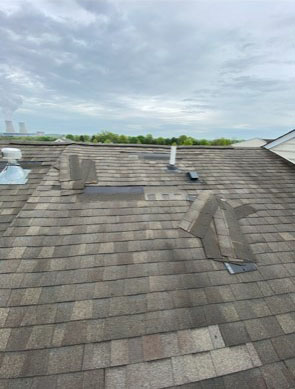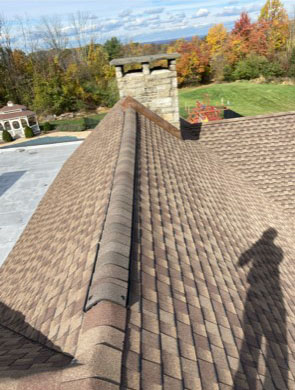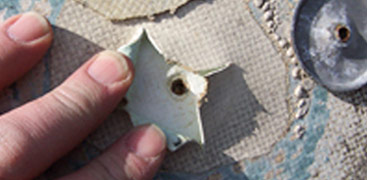Roof shingles are the most common type of roofing material. They are made of asphalt, fiberglass, or metal and are installed in overlapping rows to protect your home from the elements.
Roof shingles protect your home from the elements by creating a barrier between the roof deck and the outside world. They also help to insulate your home, which can save you money on your energy bills.
There are three main types of shingles:
- 3-tab shingles: These are the most basic type of shingle. They are made of asphalt and have three tabs that overlap each other.
- Dimensional shingles: These are thicker than 3-tab shingles and have a more textured surface. They are made of asphalt, fiberglass, or metal.
- Luxury shingles: These are the most expensive type of shingle. They are made of natural materials, such as slate or cedar, and have a very realistic appearance.
Here are the top 6 reasons when roof shingles could be the cause of a water leak:
- Shingles beyond their useful life: Roof shingles should be replaced every 20-30 years.
- Sunlight: The sun’s ultraviolet rays cause the asphalt in the shingles to break down, making them brittle and prone to cracking.
- Weather: Extreme weather events, such as high winds, hail, and rain, can damage shingles and cause them to leak.
- Mold and mildew: Mold and mildew can grow on shingles and cause them to deteriorate.
- Insects: Insects, such as termites, can damage shingles and cause them to leak.
- Improper installation: Improper installation of shingles can cause them to deteriorate prematurely.
Shingle Repairs
When we do a shingle repair, we make sure that the other shingles around the repair area are not damaged by high winds. We first check if the other shingles are damaged. If they are, we remove them.



After removing the old nails and damaged shingles, we match the color of the shingles and hand-nail each new shingle down. When the new shingles are all finished being installed, we lift each new shingle and the surrounding shingles that touch the new shingles and apply rubberized tar underneath so the next high winds won’t be able to blow the repair off the roof.
